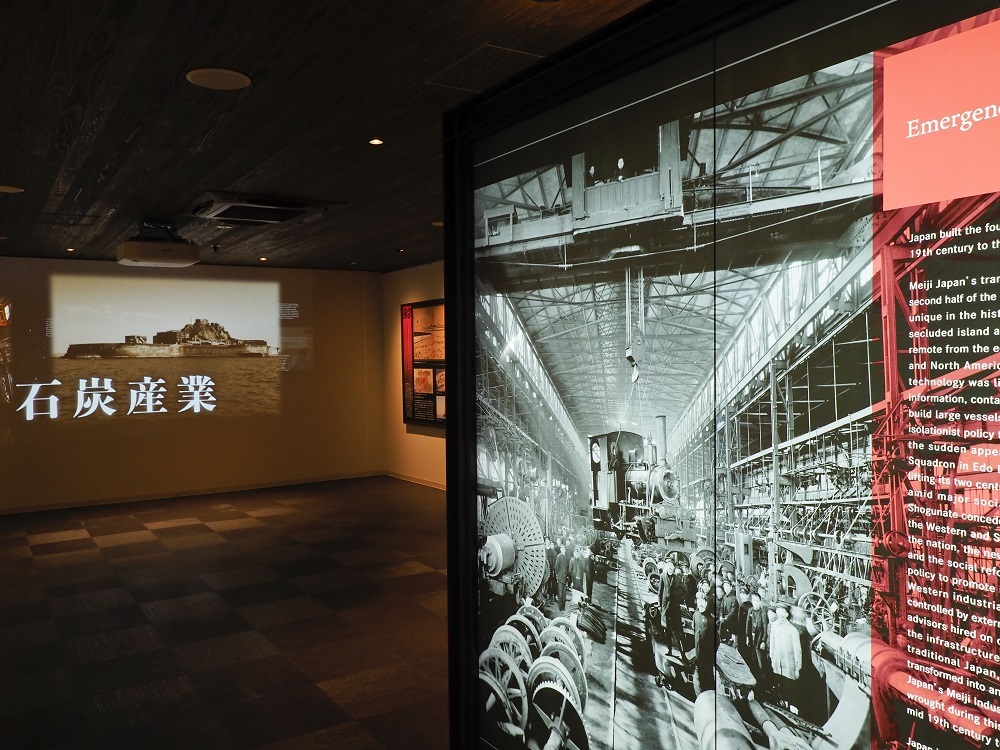 |
(Industrial Heritage Information Center, Tokyo-Yonhap) |
TOKYO -- Japan has not fulfilled its pledge to commemorate Korean victims of wartime forced labor in a new facility celebrating its industrial revolution, threatening to further strain already-sour Seoul-Tokyo relations, a trip to the site revealed on Sunday,
Japan is scheduled to open the Industrial Heritage Information Centre on Monday. On the eve of the opening, a pool of Tokyo-based correspondents paid a visit.
Twenty-three sites of Japan's Meiji Industrial Revolution were designated as UNESCO World Heritage Sites in 2015. Upon the designation, the World Heritage Committee called for Japan to prepare an interpretive strategy that allows an understanding of the "full history of each site." Tokyo then agreed to take such steps as remembering the victims by establishing an "information center."
The 23 UNESCO sites include those on the notorious Hashima Island, also known as Battleship Island, where many Koreans were forced into labor during Japan's 1910-45 colonial rule. South Korea opposed the UNESCO designation for that reason.
At the entrance to the information center, a statement by Kuni Sato, Japanese Ambassador to UNESCO, from 2015, was on display, in which he offered to take appropriate steps to honor victims of forced labor.
But the information center only features exhibits celebrating Meiji era's industrial accomplishments. It plays video clips with testimonials from people who've worked at Japanese factories, including claims there was no forced labor or discrimination against Korean people.
The center provided visiting correspondents with a 72-page book on the heritage of Meiji Industrial Revolution, and another 21-page booklet, and neither makes any mention of forced labor.
During the Japanese colonial period, 33,400 Koreans were sent to work at Japanese steel mills, shipyards and coal mines. On Hashima Island alone between 1943 and 1945, about 800 Koreans are believed to have been forced into labor, 122 apparently dying there during that period.
The information center was built using government funds. (Yonhap)






![[Herald Interview] 'Trump will use tariffs as first line of defense for American manufacturing'](http://res.heraldm.com/phpwas/restmb_idxmake.php?idx=644&simg=/content/image/2024/11/26/20241126050017_0.jpg)
![[Exclusive] Hyundai Mobis eyes closer ties with BYD](http://res.heraldm.com/phpwas/restmb_idxmake.php?idx=644&simg=/content/image/2024/11/25/20241125050044_0.jpg)
